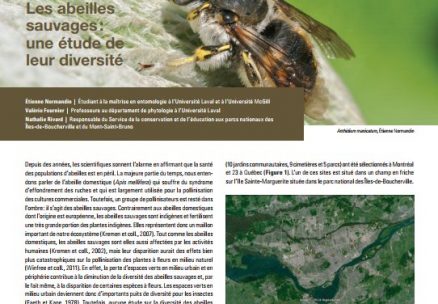
Les abeilles sauvages sortent de l’ombre
Rédigé le 16 décembre 2017par Renate Sander-Regier La première étude sur les abeilles sauvages en milieu urbain au Québec présente des résultats fascinants, ainsi qu’une belle surprise ! ...
- LIRE LA SUITE -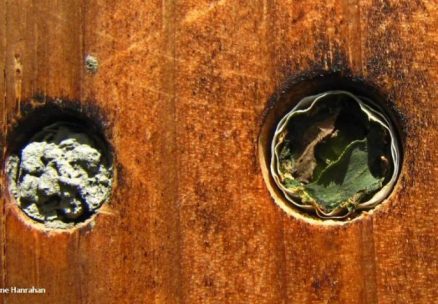
Bee boxes: practical tips and local experience
Rédigé le 16 décembre 2017by Sandy Garland Providing nesting sites for bees involves more than just drilling holes in a piece of wood, but it doesn’t have to be difficult. Here is some ...
- LIRE LA SUITE -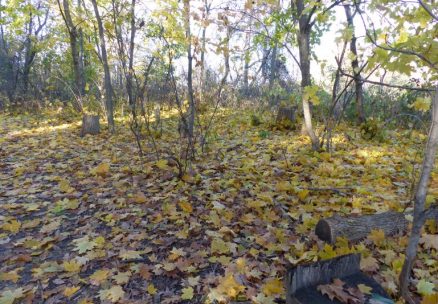
Putting the garden to bed – while helping pollinators
Rédigé le 16 décembre 2017by Renate Sander-Regier During the fall season, many of us are busy putting our gardens to bed for the winter. We often follow the gardening traditions we grew up ...
- LIRE LA SUITE -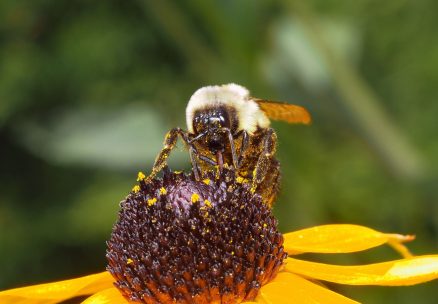
Bumblebees and agricultural chemicals – recent research and surprises
Rédigé le 16 décembre 2017by Renate Sander-Regier For years, we have been told that wild pollinators (and other insects) suffer from chemicals used in agriculture. Neonicotinoid ...
- LIRE LA SUITE -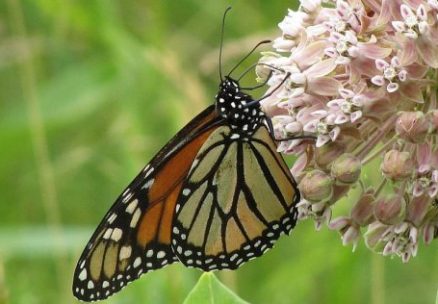
Where Monarchs prefer to lay their eggs
Rédigé le 16 décembre 2017by Renate Sander-Regier Many of us have been diligently planting milkweeds for Monarchs, seeking to provide critical egg-laying sites for the female butterflies and ...
- LIRE LA SUITE -